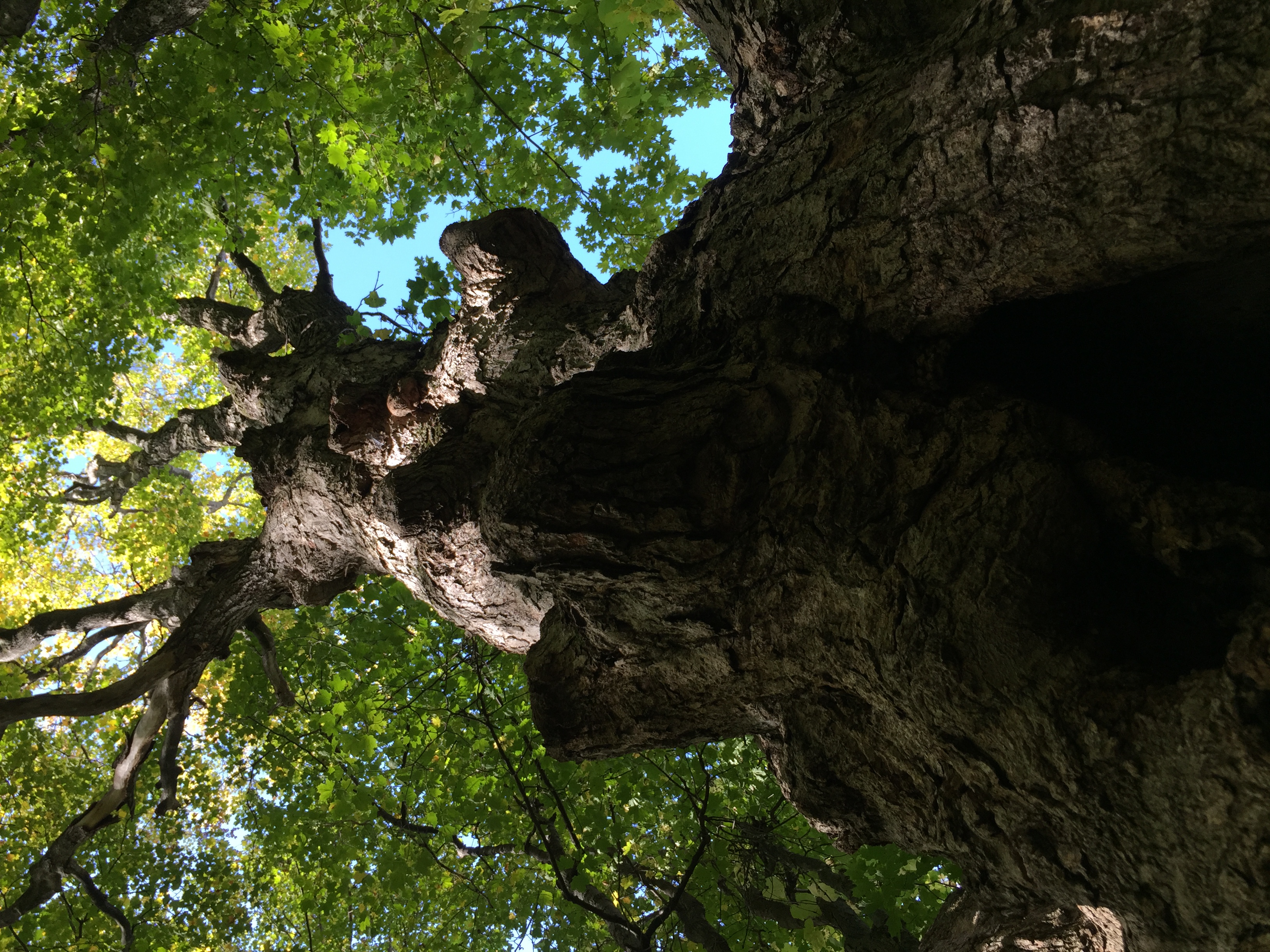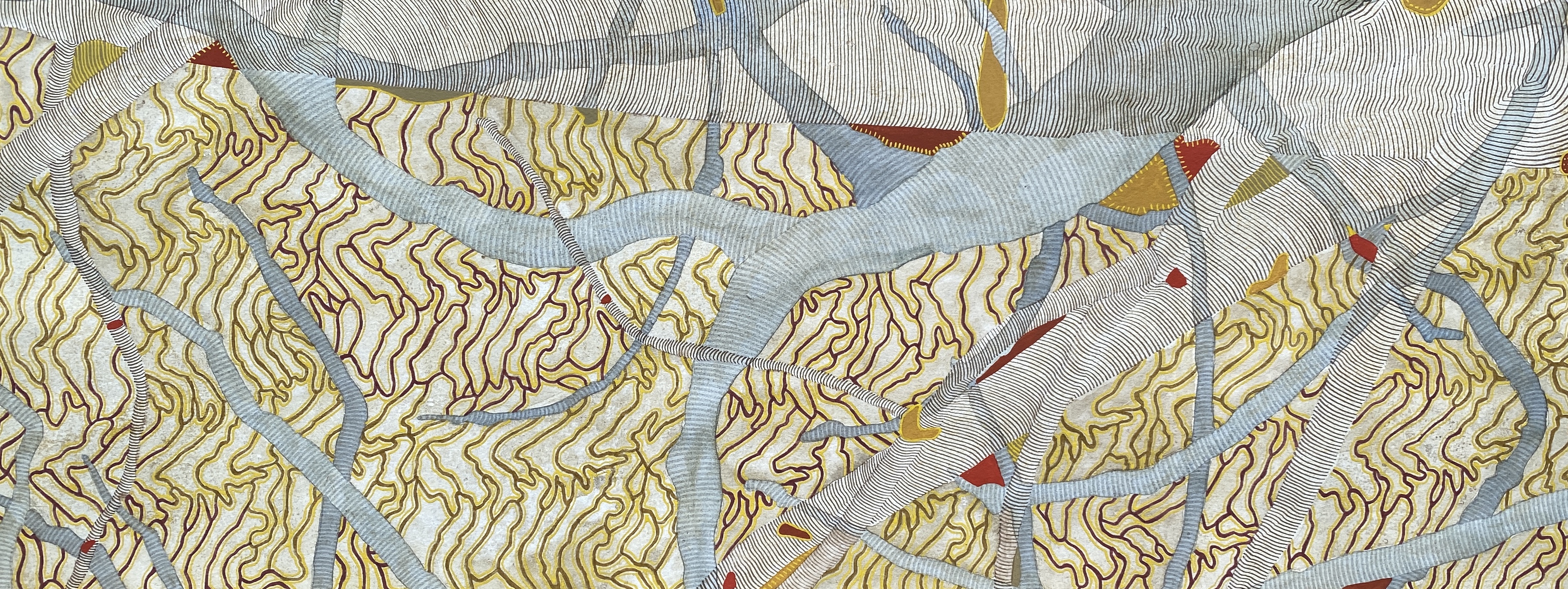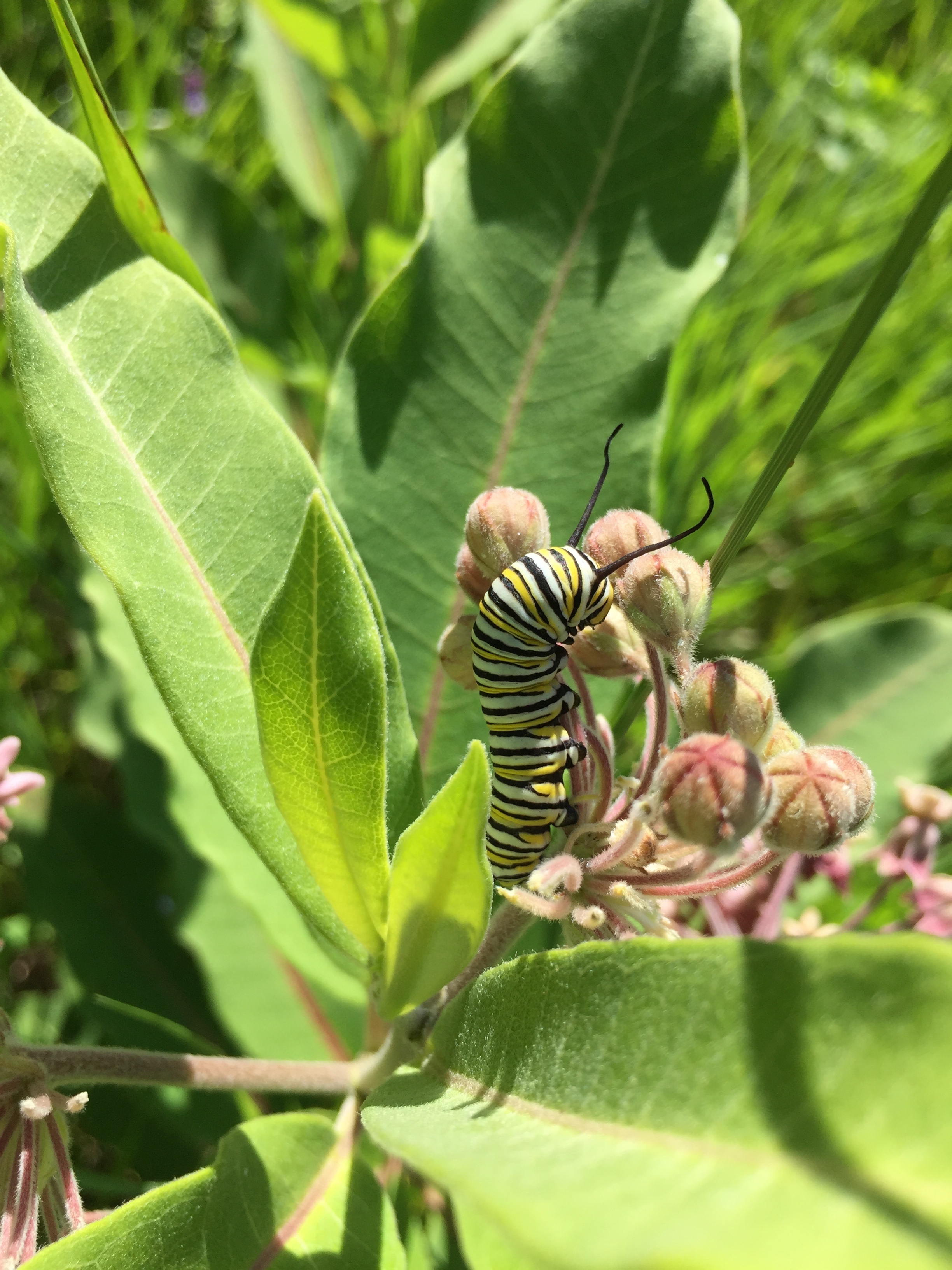I began by following the conventional recipe for a field biologist: Read. Observe. Ask questions. Keep a journal. Conduct field research. Follow up with laboratory experiments. Sample with statistical accuracy. Collect enormous datasets. Publish. Revise. Resubmit manuscripts. Design experiments to perfection, controlling every outside variable. Publish. Write grants. Rewrite grants. Collect more large datasets. Compete for tenure. Write more grants. Collect more data. “Publish or perish” has long been considered the mantra of a successful career scientist.
But mid-career, my trajectory changed to reflect a new infusion of actions, urgently needed if we are going to save the very forests that we scientists are studying. I asked, “What can be done to conserve our best planetary assets?” and came up with:

• Make sure all humans have a chance to encounter the aweinspiring wonders;
• Be mindful of your financial spending and how you (perhaps inadvertently) contribute to loss of biodiversity;
• Become a citizen scientist;
• Read all you can and share your knowledge;
• Become a steward—all the creatures in your community will be so grateful you are safeguarding their home.
And from this emerged a new recipe: Educate kids about trees. Explain ecology to the public. Engage diverse stakeholders. Write for mainstream media, not just technical journals. Seek direct actions to conserve forests. Shout about it. Train the next generation of conservation biologists. Engage women as environmental stewards. Forge alliances with priests, corporate leaders, and other community members. Share stories about ecosystems. Mentor girls in science. Collect data. Partner with citizen scientists. Build walkways to save forests. Write about it. Study forests where no one has funded prior research. Give tree books to Indigenous kids. Teach students to become future arbornauts. Talk about it. Share ideas with anyone who will listen.
In the end, my grandchildren may not read or even appreciate my arsenal of technical publications or my 25-page resume, but I fervently hope they appreciate the native forests of Ethiopia or marvel at the view from a canopy walkway in Florida, Vermont, Australia, or Malaysia. I have dedicated almost six decades to a lifelong passion for plants. Maybe my misadventures will encourage readers of all ages to look differently at a treetop and appreciate the complex protocols of how field biologists study them. Even as an adult, I am labeled as the eccentric client in the local bank who, when a hurricane is bearing down, brings her bugs—in vials—to the vault while everyone else is lined up to safeguard diamond jewelry. My children tease me to switch titles from arbornaut to arbornut, because the world of forest conservation is so downright depressing and riotous. But never underestimate the power of one. I am only one arbornut, and I can only do so much. But I do know the world needs more citizen scientists to marvel at the workings of forest ecosystems, more communities to save big trees as their most venerable residents, more arbornauts to share their expertise in underexplored places, and more inclusivity of all the diverse voices calling for conservation. If I’m right, with hard work, a whole lot of luck, and a willingness to believe that we’re all in this together, one arbornut can seed a forest of citizen scientists ready to stand tall for their beloved trees.



